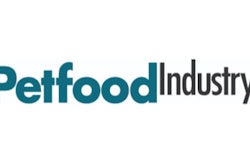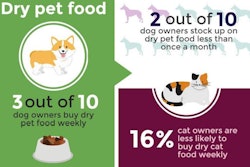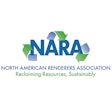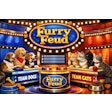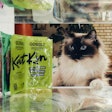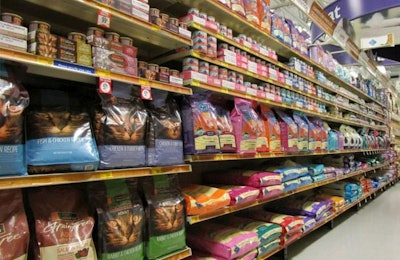
Nearly ten years ago, Petfood Industry presented trends in pet food packaging coming out of Expozoo 2007 in Paris. Many of those trends are similar to those of today.
Informative packaging
In 2007, pet food packaging already was starting to focus heavily on informative messages on the containers, a main focus of pet food packaging now too. Icons and graphics made those messages easy to understand. A critical function of those icons is to quickly convey the benefit to the pet from that product.
Consumers, then as now, wanted to know about the health aspects of their pet foods. In 2007, a limited range of pet foods were labeled as hypoallergenic for dogs and cats, such as the Italian brand Forza 10. That pet food proclaimed the ingredients it didn’t contain, a technique in pet food marketing known as a negative labeling.
Sustainability
A decade ago, paper packaging faced stiff competition from plastic. However, one aspect of paper was growing in popularity then, and is now a mainstream force in marketing. Environmental sustainability was a selling point for paper in 2007. Fast-forward to pet food packaging trends of 2016, when eco-conscious consumers have become major forces in the pet food market, and paper containers have benefitted.
Functional design
Some trends that were just dawning in 2007 have become mainstream now. Plastic zippered paper bags were a hot new trend back then.
Now, a major trend is the use of flat-bottomed bags, which allow efficient storage and offer a large printable surface.
Profiles in packaging


